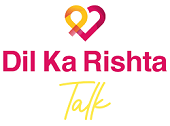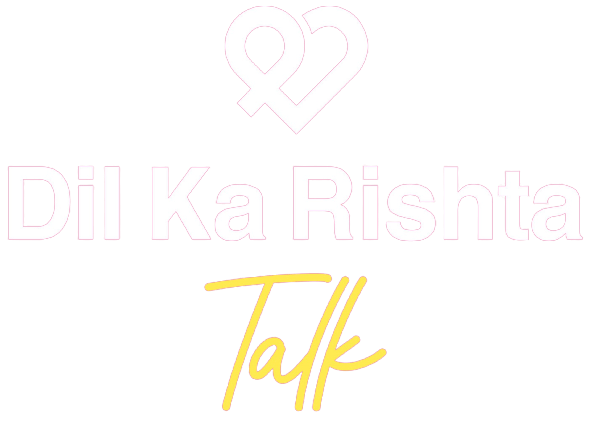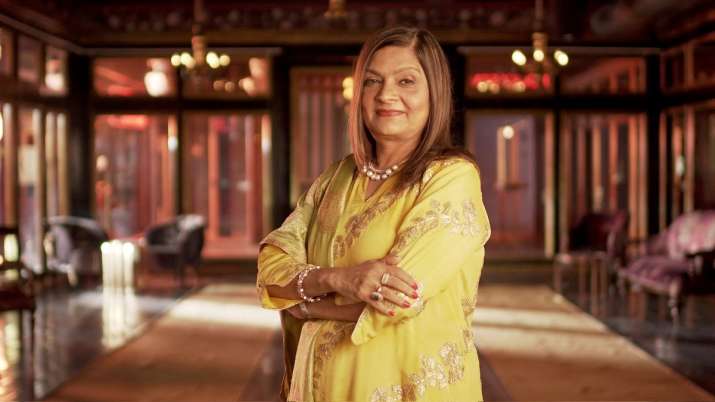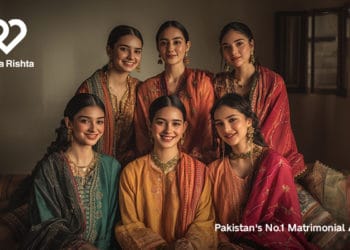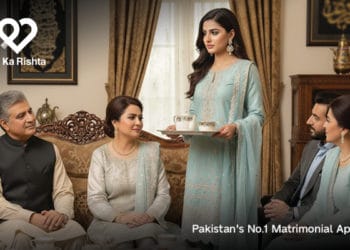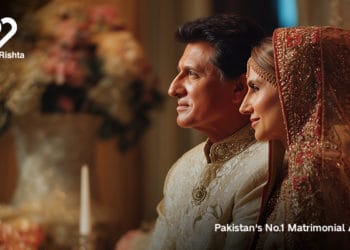Getting married in a South Asian society is an extremely daunting task. Where one has mental pressures of getting themselves to the altar, the societal pressure on their shoulders isn’t any less. In a not so westernized society like ours, even the choice of finding a potential match for one’s self has to go through many filters. Culture, family background, caste, education, citizenship status, housing location, annual income and the list goes on. The vetting gets more personal from here. One is judged and selected based on their looks, height, weight, complexion and most importantly age. Many out of this expansive matrimonial pool are just rejected at the mere sight of their pictures circulated in these groups because well, their doting mothers cannot find a picture perfect “chaand si bahu” for their sons! Eye roll?
Hold on…there’s a lot more that I’m keeping for another article.
For such an extreme vetting, match makers have played a major role in the matrimonial setting scene since forever. They work as a mediator and a bridge between the two families. Some carry out their operational logistics on a personal level while others connect families through their marriage bureaus. Many progressive families still do not take that route; however, they do take up traditional matchmaking as a last resort.
Matchmaking, nothing short of a job interview
In recent times, it has become nothing short of a job interview where potential candidates come up with hyperbolic self-praise in matrimonial profiles to find the best match there is and often times, it is the parents of these candidates that help in this ‘CV’ preparation. These CVs are then circulated among the network of matchmakers and families on the hunt. The process is simple, if the two parties like each other, congratulations! The wedding is fixed, the matchmakers collect their brokerage fee and hail it as another feather in their cap.
In a more personalized matchmaking set up at home, the realities are different. To the much discomfort of families particularly girls in this situation, these passive aggressive matchmaking aunties glance you up and down with judgmental eyes yet cozy up to fulfil their demands. Some are polite enough to offer their clients healthy relationship tips to bag better match prospects.
A 2020 Netflix original series Indian Matchmaking grabbed eyeballs across the globe for portraying the cringy role of matchmakers. The show garnered attention of every sorts, to the extent of making her a popular meme worthy figure on the internet, all thanks to the protagonist, Sima Taparia, a leading matchmaker form India. While some accuse her of enforcing patriarchal and misogynist notions, others view it as the true depiction of a merciless South Asian society. The show depicts a contrast in how the demands of a male and female are perceived by these matchmakers. For example, Pradhyuman, a jeweler from India has rejected over 150 girls just from their photographs, while Aparna, a head strong lawyer from America and her demands for a know-it-all guy takes the center stage in the show.
One cannot escape the sight of a matchmaking advertisement as this expansive business is advertised everywhere from billboards to newspapers and even plastered behind a rikshaw in front of you on the road. Matchmaking is a multi-million-dollar industry in the neighboring India, however, this industry has gained quite a traction in Pakistan as well. According to a survey conducted by Khudi Ventures, a startup organization based in Lahore, there are approximately 20,000 marriage bureaus in Pakistan with 4,313 marriage bureaus based only in Lahore. An approximate of 63,000 marriage profiles are just based in Lahore. The survey study further shows that there is an estimate of 32,334 female and 40,223 male profiles of single users or profiles connected to marriage bureaus.
While many people resort to this service, others think matchmaking is becoming a money minting business for some middle-aged women and sometimes men with connections in the society. With the advancement of technology and social media, people are flocking to other mediums of socializing. The access to almost anything has become easier. From redundant matchmaking websites to the subsequent dating and matrimonial mobile applications on your fingertips, people these days find it better to take matters into their hands.
